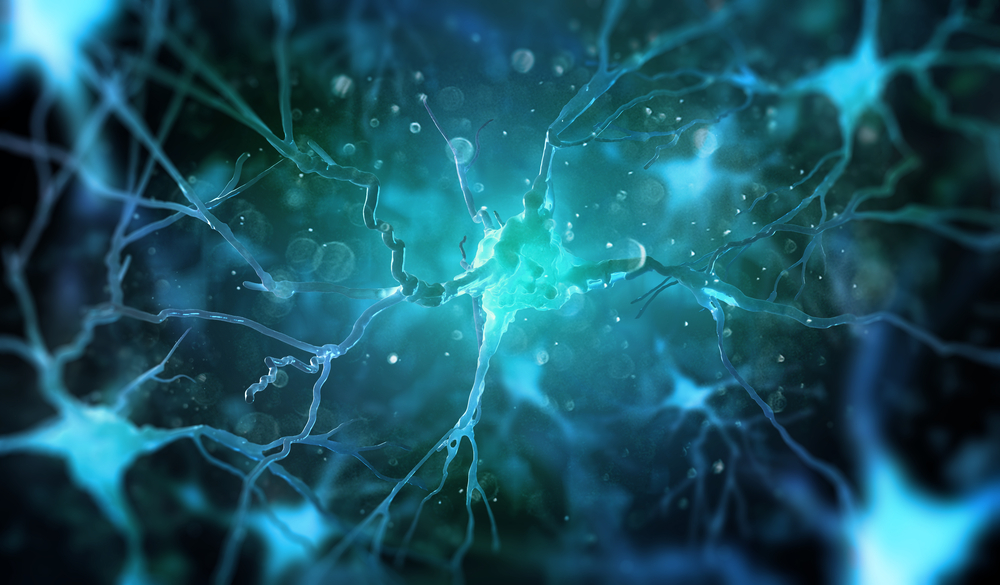Seizures in Sanfilippo Syndrome
Written by |

Sanfilippo syndrome is a rare genetic disorder characterized by mental and developmental disabilities. Patients are unable to break down a complex sugar molecule called glycosaminoglycans (GAGs), also called mucopolysaccharides. The buildup of these molecules leads to the symptoms of Sanfilippo syndrome. In later stages of the disease, patients may develop epileptic seizures.
What are seizures?
Epileptic seizures are sudden electrical disturbances in the brain that interfere with the brain’s ability to function properly. They can affect mood, behavior, and consciousness.
Doctors classify seizures depending on where in the brain they begin and how much of the brain they affect.
Most seizures last between 30 seconds and two minutes. Doctors consider those lasting longer than five minutes a medical emergency.
Seizures in Sanfilippo syndrome
Seizures are most common in the later stages of Sanfilippo syndrome, but also may occur earlier. The age at which patients progress to these later stages is highly variable.
Researchers have not studied and documented the causes of seizures in Sanfilippo syndrome well. But they think they develop due to the accumulation of GAGs in the brain triggering alterations in communication and signaling between nerve cells. These changes also can cause increases in inflammation in the brain, which may contribute to disease progression.
How doctors manage the seizures
Researchers also have not studied in depth the treatment of seizures in Sanfilippo syndrome. But doctors usually treat seizures with medications. They also may treat some seizures with dietary changes or vagus nerve stimulation (VNS), but there is little information about whether these approaches are effective in patients with Sanfilippo syndrome.
Anti-seizure medications
For most patients, anti-seizure medications are necessary. The most common are carbamazepine and valproate. But doctors may use others depending on the type of seizure a patient is experiencing.
The risks of seizure complications must be weighed against the potential side effects of anti-seizure medication. Once a patient has started on a medication, they must continue it and only come off it gradually as suddenly stopping anti-seizure medication can be very dangerous.
Dietary changes
For some patients, especially children who are too young to take anti-seizure medication, dietary changes may help control seizure activity. It is unclear whether doctors have used this approach in patients with Sanfilippo syndrome or if it can be beneficial.
VNS
VNS (vagus nerve stimulation) is another approach for managing seizures. Doctors implant a small device (similar to a pacemaker) under the skin on the chest, and this device applies an electrical stimulus to the vagus nerve, which can stop some seizures before they happen. The device works by disrupting the abnormal electrical activity in the brain that causes a seizure.
To date, no studies have tested whether VNS is safe or effective in Sanfilippo syndrome.
Last updated: Aug. 18, 2020
***
Sanfilippo Syndrome News is strictly a news and information website about the disease. It does not provide medical advice, diagnosis, or treatment. This content is not intended to be a substitute for professional medical advice, diagnosis, or treatment. Always seek the advice of your physician or other qualified health provider with any questions you may have regarding a medical condition. Never disregard professional medical advice or delay in seeking it because of something you have read on this website.




